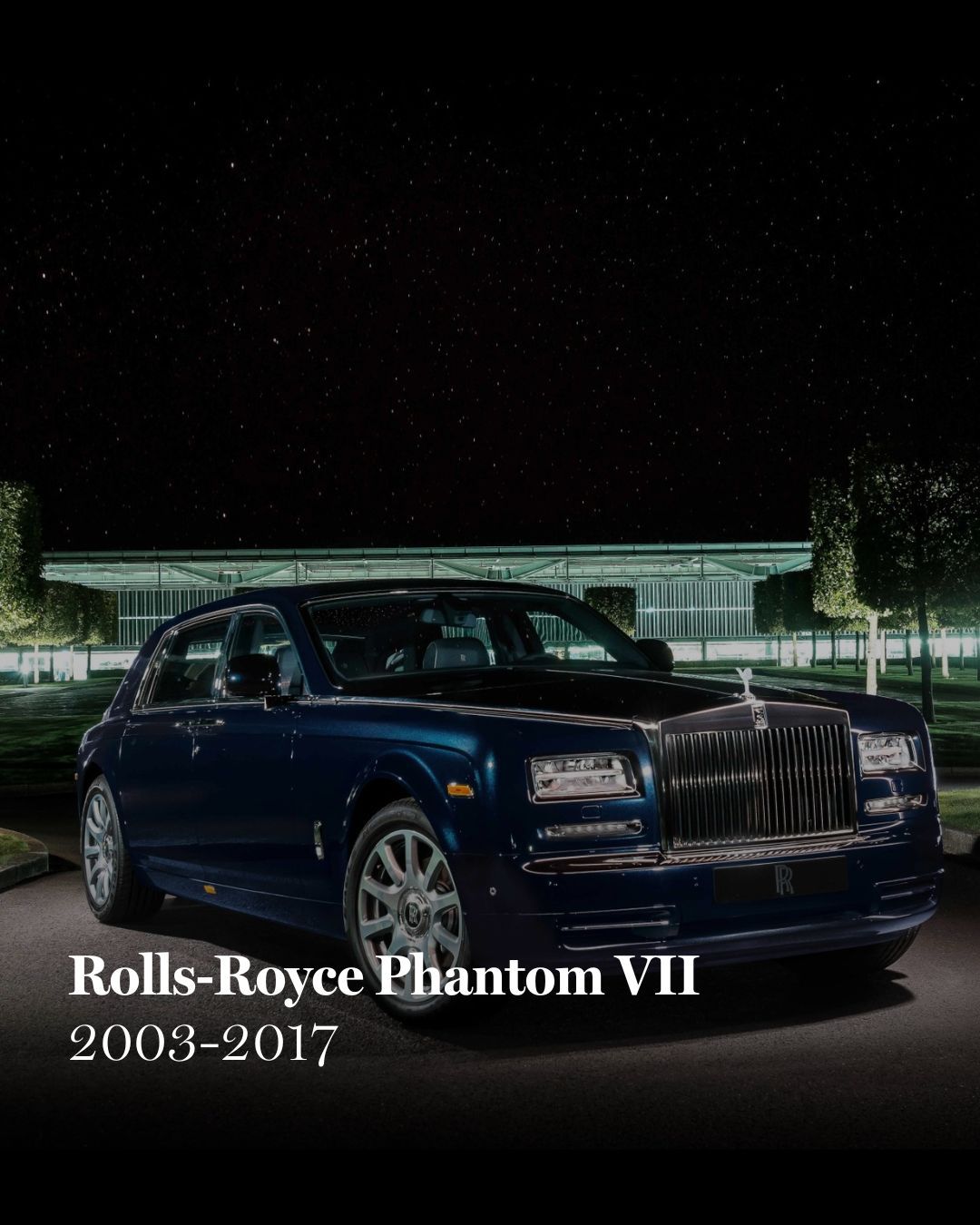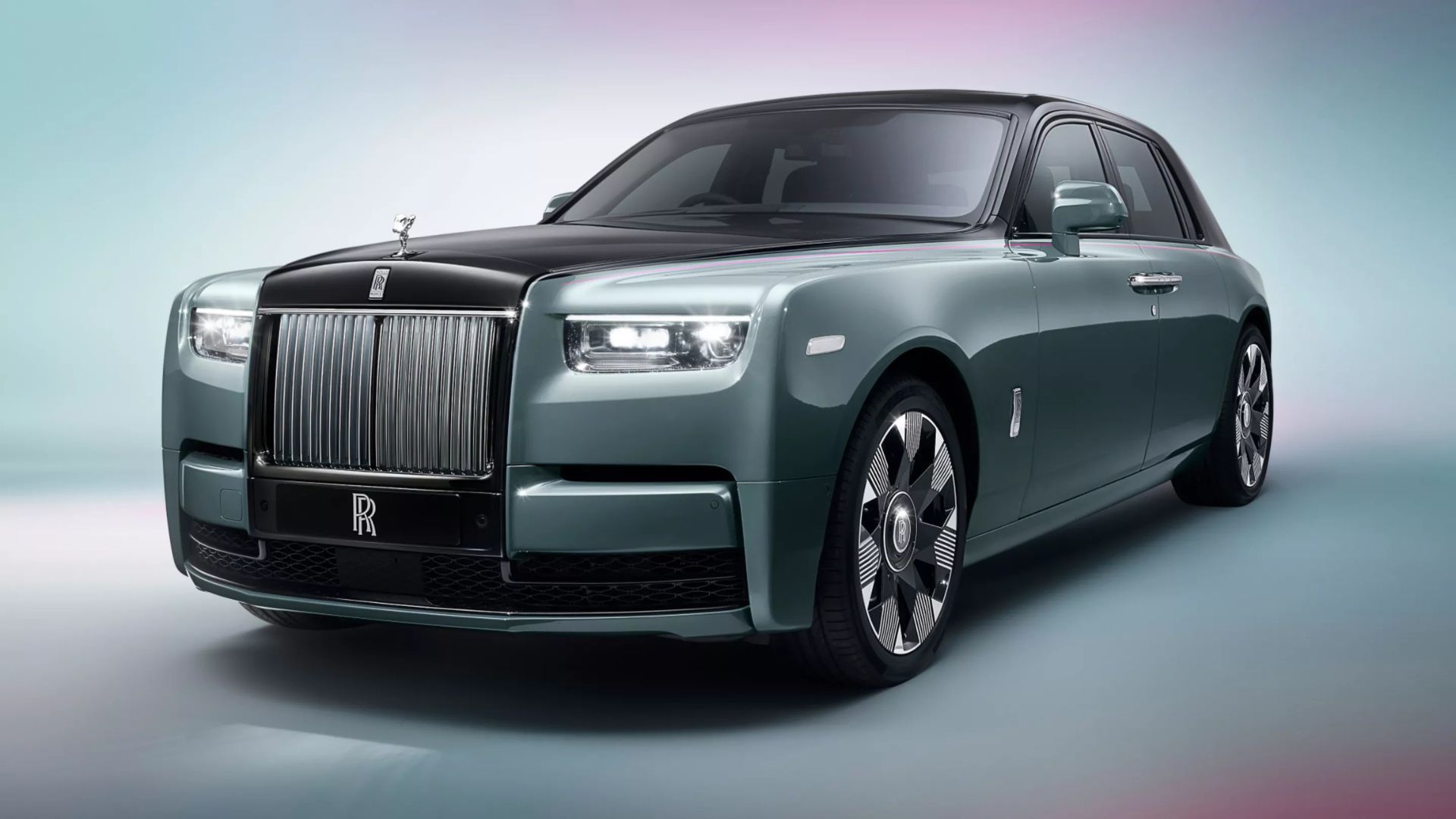In 1925, Rolls-Royce debuted the Phantom, a car envisioned as the epitome of engineering and design sophistication. Over the past century, the Phantom has evolved through eight generations, setting up significant trysts with historic milestones like the World War and legends like John Lennon. What has remained consistent, however, has been the fact that each example has reflected the times it was born into while retaining its role as the benchmark in luxury automobile. As it celebrates its centennial, the Phantom remains a compelling example of how tradition and innovation can coexist.
1925: A New Standard in Luxury

The Phantom began its journey as the “New Phantom,” succeeding the Silver Ghost. Its engineering advancements—such as the pushrod-operated overhead valve engine—quietly set a new benchmark for luxury cars. Early Phantoms were often used for grand tours across Europe, effortlessly carrying their passengers in near silence, a feature that became a hallmark of the model.
One such journey saw a bespoke Phantom I used as a mobile office by a financier. Hidden compartments housed ledgers, a compact writing desk slid from the door panel, and a safe was cleverly concealed beneath the rear seat—details that showcased how Rolls-Royce catered to its clientele’s exacting demands even in the early days.
1936: The V12 Revolution

By the time the Phantom III was introduced, it was clear Rolls-Royce was not content with resting on its laurels. The car’s 7.3-liter V12 engine marked a departure from its six-cylinder predecessors, delivering unprecedented smoothness and power. This shift to V12 technology resonated not only with enthusiasts but also with an era increasingly enamored by technological progress.
One particular Phantom III, owned by an aviation pioneer, included a custom mechanism for housing flight charts in a retractable drawer near the driver’s seat—a nod to how clients often blurred the lines between utility and luxury.
1950: Exclusivity at Its Peak

Post-World War II, the Phantom IV emerged as an ultra-exclusive vehicle. With just 18 units built, it was reserved for royalty and heads of state. However, its exclusivity was not just a marketing strategy. The car’s design incorporated input from its royal clientele, such as the addition of a raised roofline to accommodate ceremonial hats.
Another notable example of bespoke craftsmanship was a Phantom IV ordered for a Middle Eastern royal family, featuring an air-conditioned rear cabin at a time when such technology was almost unheard of in automobiles.
1968: A Reflection of the Swinging Sixties

The Phantom VI became a cultural icon during a time of global transformation. Its long production run saw it embraced by an eclectic mix of clientele, from British monarchs to counterculture rock stars. Customizations ranged from partitioned interiors to sound systems designed to host impromptu concerts.
One Phantom VI owned by a musician was famously equipped with a portable recording studio, complete with mixing equipment discreetly integrated into the center console.
 2003: A New Chapter
2003: A New Chapter
The arrival of the Phantom VII marked a pivotal moment for Rolls-Royce under BMW ownership. It retained the signature 6.75-liter V12 but introduced an aluminum spaceframe chassis, combining modern engineering with traditional aesthetics. This generation also saw the formalization of the Bespoke program, which allowed clients to commission cars that were truly unique.

Among these, a Phantom VII commissioned by an artist included a star-lit headliner designed to replicate the constellations visible on the night of their birth. The level of detail exemplified how far Rolls-Royce was willing to go to make its cars personal masterpieces.
Today: The Eighth Generation
The Phantom VIII continues to uphold the car’s legacy while adapting to contemporary demands. Its aluminum architecture provides a lighter, stiffer framework, while cutting-edge technology such as a Vision Assist system and enhanced driver aids bring it firmly into the modern era. Clients, too, have kept pushing the boundaries of customization.

A recent Phantom VIII commission featured a rear gallery displaying a hand-painted mural inspired by its owner’s travels—a perfect encapsulation of Rolls-Royce’s philosophy: the car as a canvas.
A Legacy That Transcends Time
As Rolls-Royce celebrates 100 years of the Phantom, the words of Chris Brownridge, Chief Executive of Rolls-Royce Motor Cars, from the press release resonate: “Through eight generations, Phantom’s fundamental role has always been the same: to be the most magnificent, desirable, and above all, effortless motor car in the world.”

The Phantom’s evolution mirrors shifts in culture, technology, and the definition of luxury itself. Yet, it remains steadfastly committed to its origins. More than just a car, the Phantom has been a silent witness to history, ferrying its passengers through life’s milestones with quiet dignity. Its legacy is not merely a century old—it is timeless.






